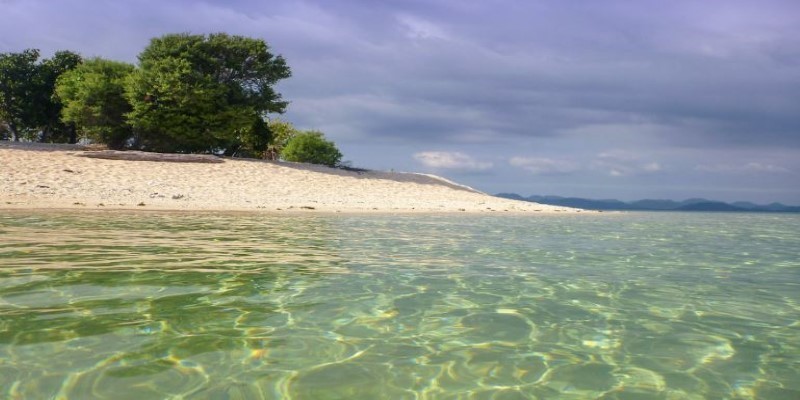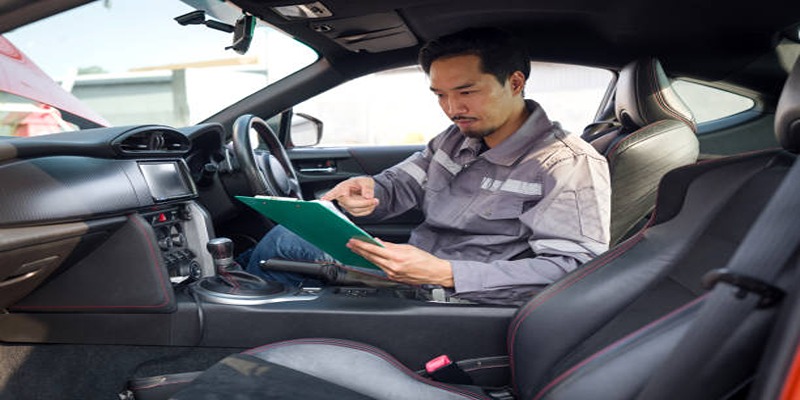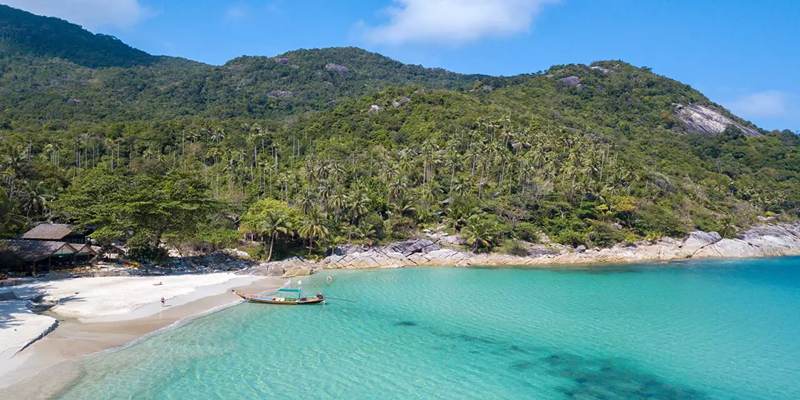Hot Weather Hikes: Tips for Staying Safe in Extreme Heat
During the travel one can experience high levels of excitement as he hikes during hot weather, nevertheless the conditions may pose formidable challenges and dangers. There are some guidelines that you must adhere to enable you to have fun while embarking on an adventure and at the same time avoid some catastrophes. In this guide, you will learn how to prevent overheating, dehydration and skin damage on your extreme heat hikes. Stay tuned to find out more about how to successfully travel outdoors under extreme heat!
Preparation Before the Hike
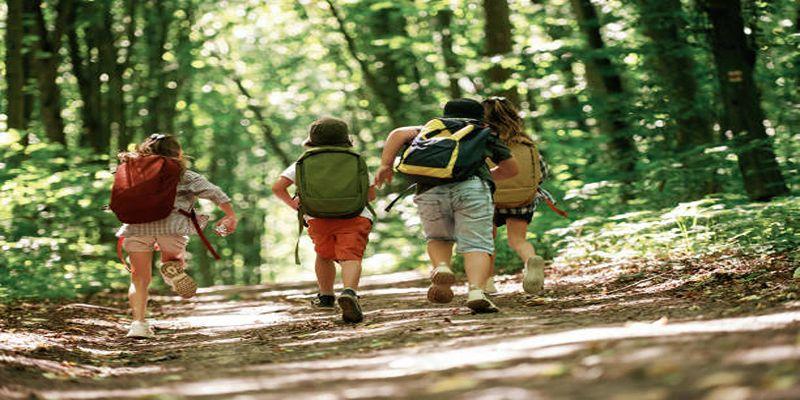
Before embarking on a hike during extreme heat, taking time to prepare is crucial. Proper planning and packing can make all the difference in ensuring a safe experience.
Research the Trail and Weather Conditions
Start with trail information and location you intend to hike then consider the weather condition of the day. Choose the trails that are well shaded, or trails by the water since water can act as pathways to cooling. This gives you an idea of how challenging it is, the distance as well as its proximity to water points. Always do not hike during days of heat or when the temperatures are extremely high.
Choose Appropriate Clothing and Footwear
What you wear can greatly impact your comfort during a hot weather hike. Light-colored, loose-fitting, and moisture-wicking clothing helps to keep your body cool while reflecting sunlight. Avoid heavy or dark fabrics as they absorb heat and can increase your body temperature. A wide-brimmed hat provides ample shade for your face and neck, and sunglasses with UV protection shield your eyes from harmful rays.
Pack Essentials
Packing the right items is essential for maintaining your health and safety during the hike. Bring plenty of water to stay hydrated—it's better to overestimate your water needs than to run out. Supplement your water intake with electrolytes, either through sports drinks or electrolyte tablets, to replenish the minerals your body loses through sweat. Sunscreen with a high SPF is vital to protect your skin, and you should reapply it frequently.
Tips During the Hike
Once you're out on the trail, maintaining good habits and staying attentive to your body can help you manage the heat effectively.
1.Start Early to Avoid Midday Heat
The early morning hours offer cooler temperatures and reduced sun intensity, making them the ideal time to start your hike. Midday is usually the hottest time of the day, so plan to complete your hike or at least take an extended break before the temperatures peak. If possible, schedule your hike so that your return trek coincides with the late afternoon when temperatures begin to drop.
2.Pace Yourself and Take Frequent Breaks
Overexertion in extreme heat can be dangerous. Adopt a slower pace than you might during a cooler hike to avoid overloading your body. Take regular breaks in shaded areas to allow your core temperature to stabilize. These breaks also provide an opportunity to drink water, reapply sunscreen, and assess your condition.
3.Stay Hydrated
Hydration is key to staying safe in extreme heat. Sip water steadily throughout the hike rather than waiting until you're thirsty, as thirst is not always an immediate indicator of dehydration. Monitor yourself and fellow hikers for signs of dehydration or heat exhaustion, such as excessive sweating, weakness, dizziness, or nausea. If you notice these symptoms, take immediate action by resting, hydrating, and cooling down.
Recognizing and Addressing Heat-Related Illnesses
Understanding heat-related illnesses and their symptoms is essential for both prevention and emergency response.
Symptoms of Heat Exhaustion and Heatstroke
Heat exhaustion is a condition that occurs when your body overheats and struggles to regulate temperature. Symptoms include heavy sweating, rapid pulse, muscle cramps, fatigue, dizziness, and nausea. If left untreated, heat exhaustion can progress to heatstroke—a life-threatening condition. Heatstroke symptoms include a body temperature of 104°F (40°C) or higher, dry skin (no sweating), confusion, fainting, and seizures.
Steps to Take if You Fall Ill
If you suspect heat exhaustion, immediately move to a cooler place and rest. Remove excess clothing, drink water, and use cold compresses or a wet cloth on the skin to help the body cool down. If symptoms persist or worsen, seek medical attention. For suspected heatstroke, take emergency measures while awaiting help. Call 911 or your local emergency number, move the person to shade, and attempt to lower their body temperature through cool water immersion, wet towels, or fanning.
Importance of Acting Quickly in Emergencies
Heat-related illnesses can escalate rapidly, turning dangerous or even life-threatening in a short amount of time, so quick action is essential and can save lives. It’s important to familiarize yourself with first-aid techniques like cooling the body with cold packs or water, recognizing the signs of heat exhaustion or heat stroke, and knowing when to seek medical help. Always stay prepared by carrying essentials such as water, electrolyte solutions, and a whistle or signaling device to alert others in case of an emergency.
Post-Hike Recovery
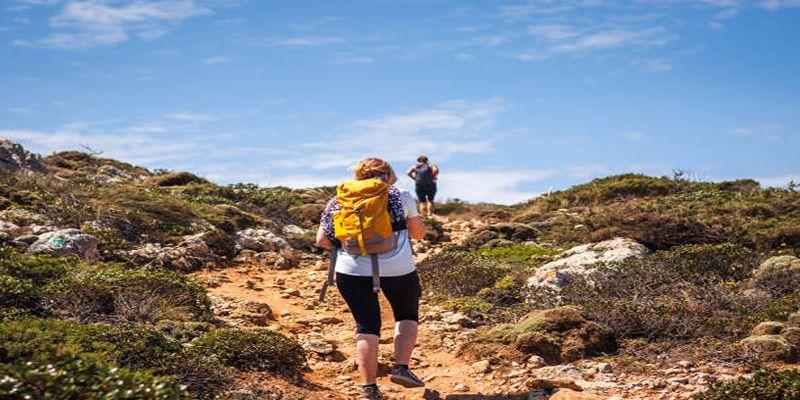
Proper recovery is just as important as preparation to ensure your body fully recuperates after a hike in extreme heat.
Cool Down and Rehydrate Thoroughly
After your hike, prioritize cooling down. Remove excess layers, splash your face with cool water, and sit in a shaded or air-conditioned area. Rehydrate thoroughly by drinking water and replenishing electrolytes lost through sweat. Resist the urge to gulp large amounts of water all at once—instead, sip slowly to allow your body to absorb it effectively.
Monitor For Lingering Symptoms of Heat Stress
Even after finishing the hike, it’s crucial to monitor your body for any lingering symptoms of heat stress, such as fatigue, headache, dizziness, or muscle cramping. These signs could indicate that your body hasn’t fully recovered from the physical exertion or prolonged heat exposure. Ignoring these symptoms may lead to more serious issues, such as heat exhaustion or heatstroke. To aid recovery, make sure to hydrate thoroughly, rest in a cool environment, and, if necessary, seek medical attention to prevent further complications.
Conclusion
Hiking in extreme heat may pose unique challenges, but with the right preparation and mindset, it can also be an incredibly rewarding experience. Respect the risks and take all necessary precautions to protect your health. By planning ahead, staying hydrated, and remaining vigilant to the signs of heat-related illnesses, you can enjoy the great outdoors while minimizing potential dangers. Remember, the key to a successful hike is not only reaching your destination but also prioritizing your well-being throughout the adventure. Stay safe, and don’t forget to enjoy the beautiful trails responsibly!






